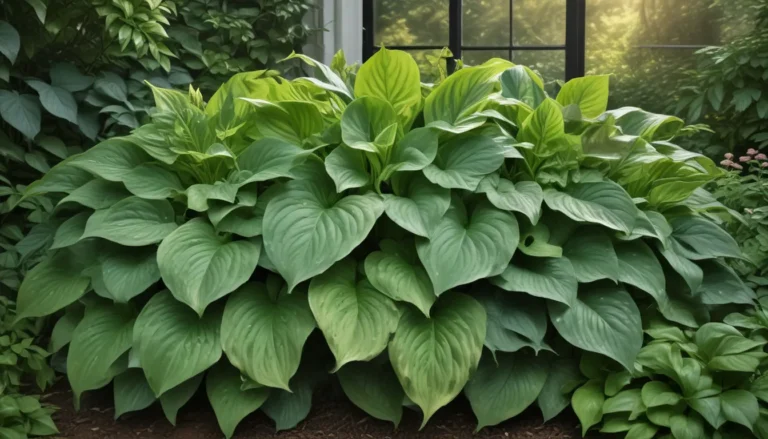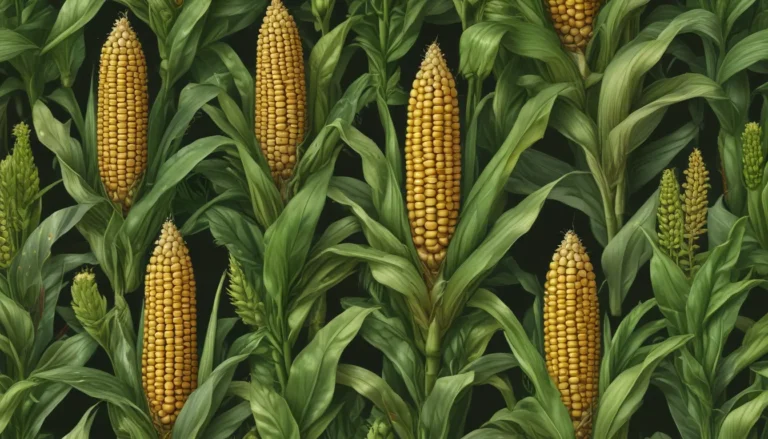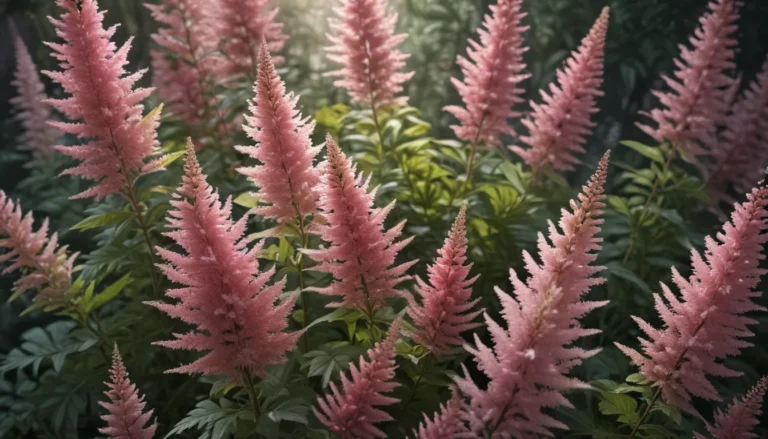The pictures we use in our articles might not show exactly what the words say. We choose these pictures to make you interested in reading more. The pictures work together with the words but don’t take their place. The words still tell you the important facts.
Are you ready to embark on a journey through the enchanting world of Chionodoxa, also known as Glory of the Snow? These vibrant and resilient plants have captured the hearts of gardeners and plant enthusiasts alike with their delicate blooms and stunning hues. Originating from the alpine meadows of Turkey and the Caucasus region, Chionodoxa has become a beloved choice for gardens around the globe.
Exploring the Allure of Chionodoxa
Let's delve into 14 fascinating facts about these captivating flowers, from their vibrant blue blossoms to their symbolic meaning of hope and rebirth. Join us as we uncover the unique adaptations that allow Chionodoxa to thrive in harsh conditions and learn why these early bloomers are a must-have addition to any garden.
Key Takeaways:
- Chionodoxa, also known as Glory of the Snow, is a vibrant and resilient plant that blooms early in spring, attracting pollinators and symbolizing hope and rebirth.
- These captivating flowers are easy to grow, deer-resistant, and can be enjoyed in rock gardens, containers, and as charming companions to other spring bloomers.
Vibrant Blue Blossoms
Chionodoxa, commonly known as Glory of the Snow, is a genus of bulbous perennial plants that produce stunning clusters of delicate, star-shaped flowers in captivating shades of blue, including sky blue, sapphire, and indigo.
Early Spring Bloomers
These enchanting flowers are one of the first to bloom in early spring, often poking through the snow and signaling the arrival of the new season. Their dazzling display adds a splash of color to the awakening landscape.
Native to the Mediterranean Region
Chionodoxa plants are native to the Mediterranean region and can be found growing in the wild in countries such as Turkey, Cyprus, Greece, and Lebanon. They have also been naturalized in various parts of Europe and North America.
Ideal for Rock Gardens
Due to their small size and low-growing habit, Chionodoxa plants are well-suited for rock gardens. They thrive in well-draining soil and can add a touch of beauty to any rocky landscape.
Attracts Pollinators
The vibrant blooms of Chionodoxa act as magnets for early pollinators such as bees and butterflies. These small yet mighty flowers provide an important food source for these beneficial insects.
Deer and Rodent Resistant
One of the great advantages of Chionodoxa is that their bulbs and foliage are resistant to browsing by deer and other wildlife. This makes them an excellent choice for gardens where these animals are present.
Long-Lasting Blooms
The flowers of Chionodoxa have a relatively long blooming period, delighting garden enthusiasts for several weeks with their vibrant display. They can be enjoyed both in the garden and as cut flowers in floral arrangements.
Easy to Grow
Chionodoxa is a low-maintenance plant that is relatively easy to grow. It thrives in full sun to partial shade and prefers well-drained soil. Once established, it will naturalize and multiply, creating a spectacular carpet of blooms.
Good Naturalizer
Chionodoxa has a naturalizing tendency, meaning it will spread and multiply over time. This makes it a fantastic choice for creating a natural-looking, wildflower-like effect in the garden.
Suitable for Containers
If you don’t have a garden, worry not! Chionodoxa can be successfully grown in containers, allowing you to enjoy their breathtaking beauty on balconies, patios, or any small space.
Symbolic Meaning
In the language of flowers, Chionodoxa symbolizes hope and rebirth. Planting these delicate blooms can be a beautiful way to represent new beginnings and optimism.
Medicinal Uses
Chionodoxa plants have been traditionally used for their medicinal properties. They have been employed to treat various ailments, including respiratory conditions and skin irritations.
Charming Companion Plants
Chionodoxa pairs well with other early spring bloomers such as daffodils, tulips, and hyacinths. These combinations create stunning floral displays and extend the beauty of the spring season.
Resilient and Hardy
Chionodoxa plants are resilient and can withstand cooler temperatures and even light frosts. This makes them a reliable choice for regions with unpredictable spring weather.
Conclusion
In conclusion, Chionodoxa, also known as Glory-of-the-Snow, is a fascinating plant with numerous captivating facts. From its delicate beauty to its importance in pollination, Chionodoxa is truly a unique addition to any garden or landscape. Whether you are a seasoned gardener or just starting out, learning about the different aspects of Chionodoxa can enhance your appreciation for this enchanting plant.
FAQs
Q: What is the origin of the name “Chionodoxa”?
A: The name “Chionodoxa” is derived from the Greek words “chion” meaning snow and “doxa” meaning glory, hence its common name Glory-of-the-Snow.
Q: What are the ideal growing conditions for Chionodoxa?
A: Chionodoxa thrives in well-drained soil and requires full sun to partial shade. It prefers cooler climates and is best suited for USDA hardiness zones 3-8.
Q: How do I propagate Chionodoxa?
A: Chionodoxa can be propagated through division or by planting bulbs. After the blooming period, dig up the bulbs, separate them, and replant them immediately in a new location. Alternatively, you can plant fresh bulbs in the fall for spring bloom.
Q: Are there any common pests or diseases that affect Chionodoxa?
A: Generally, Chionodoxa is resistant to most pests and diseases. However, bulb rot can occur if the soil is too moist. To prevent this, ensure well-drained soil and avoid overwatering.
Q: Can Chionodoxa be grown in containers?
A: Yes, Chionodoxa can be successfully grown in containers. Ensure that the container has proper drainage holes and use well-draining potting soil. Place the container in a location that provides adequate sunlight.






